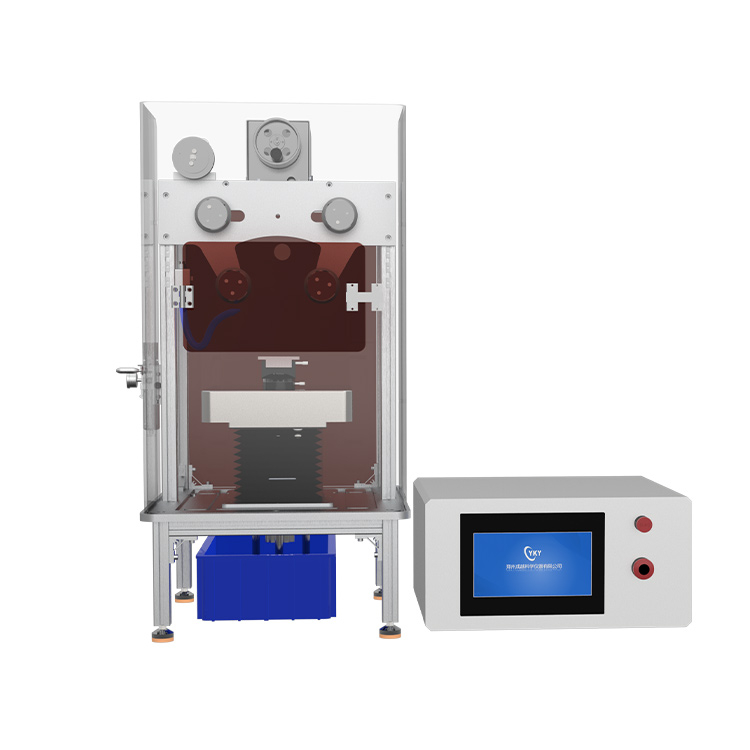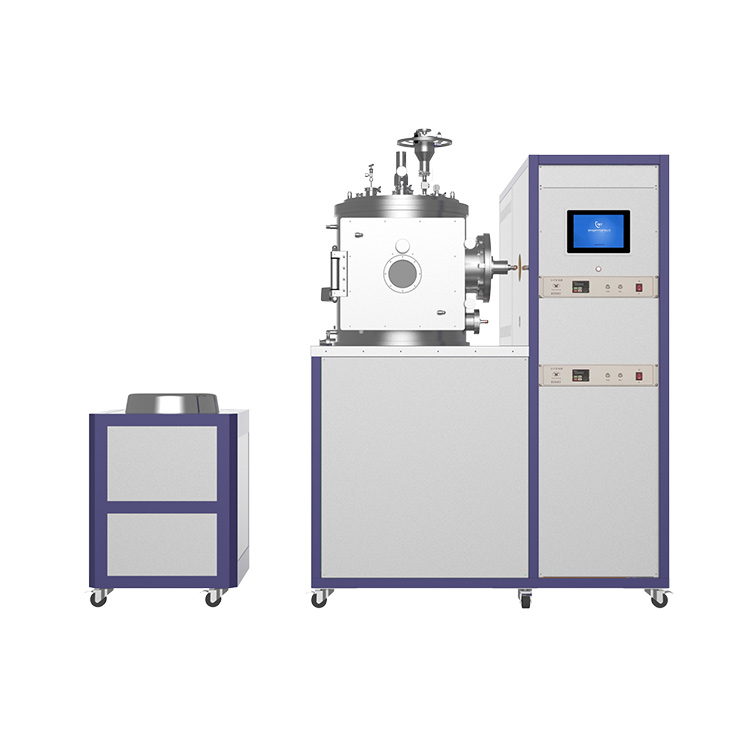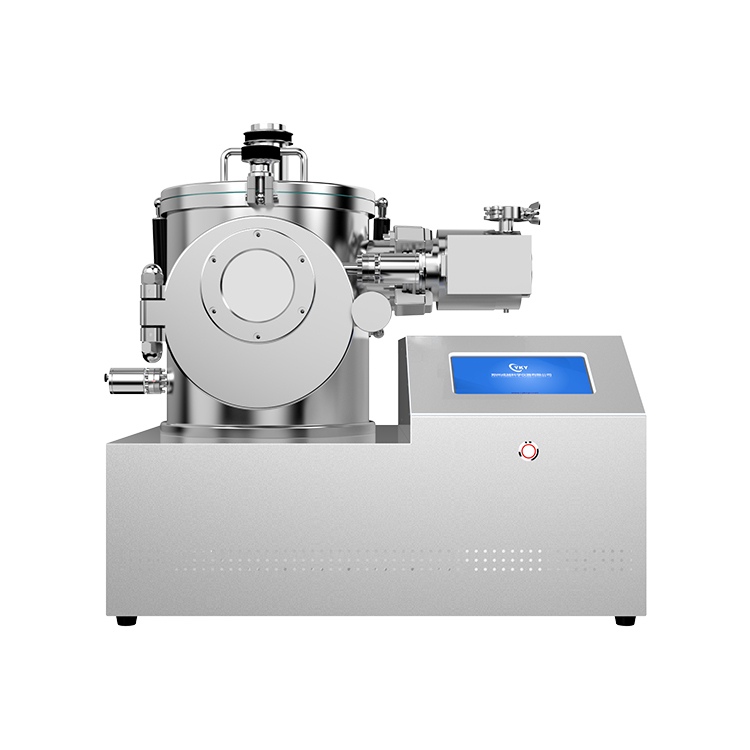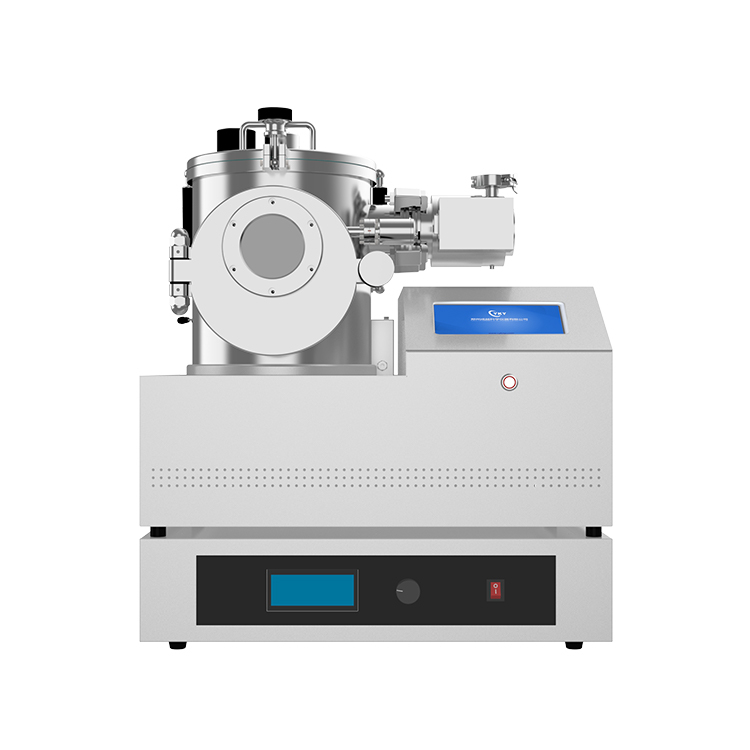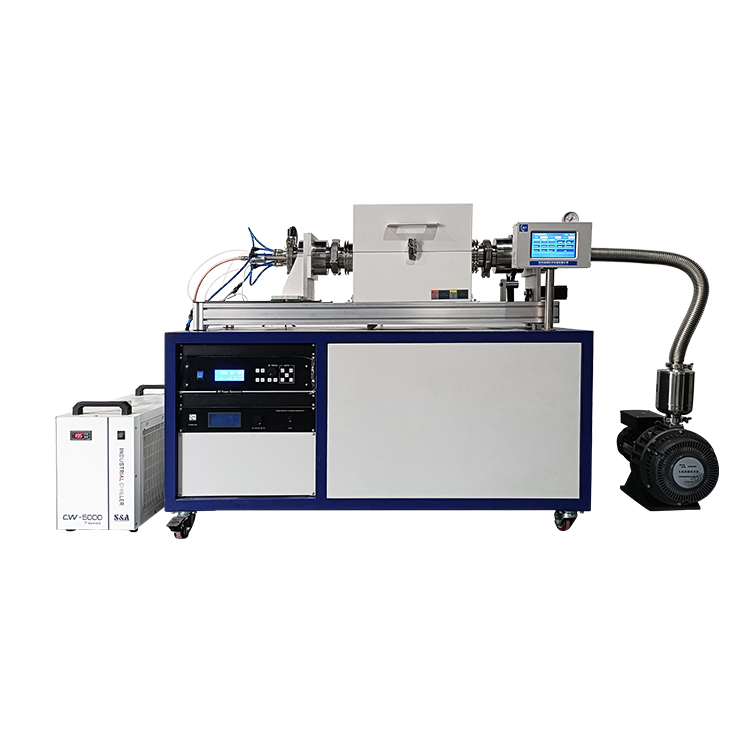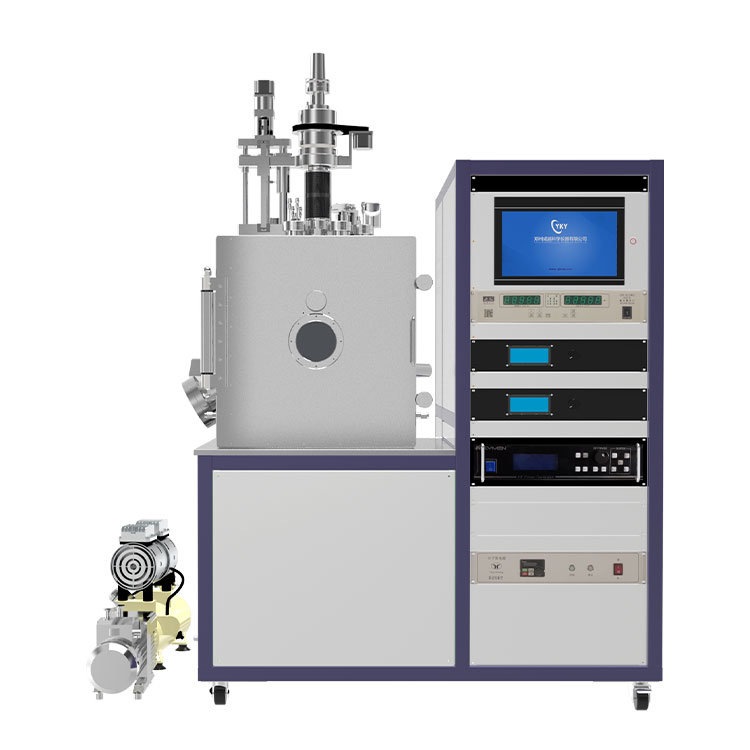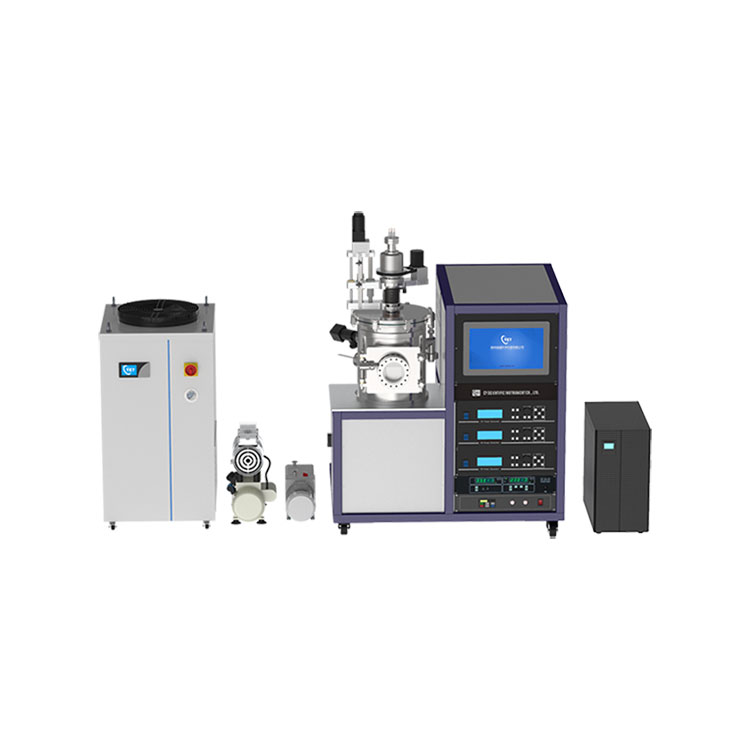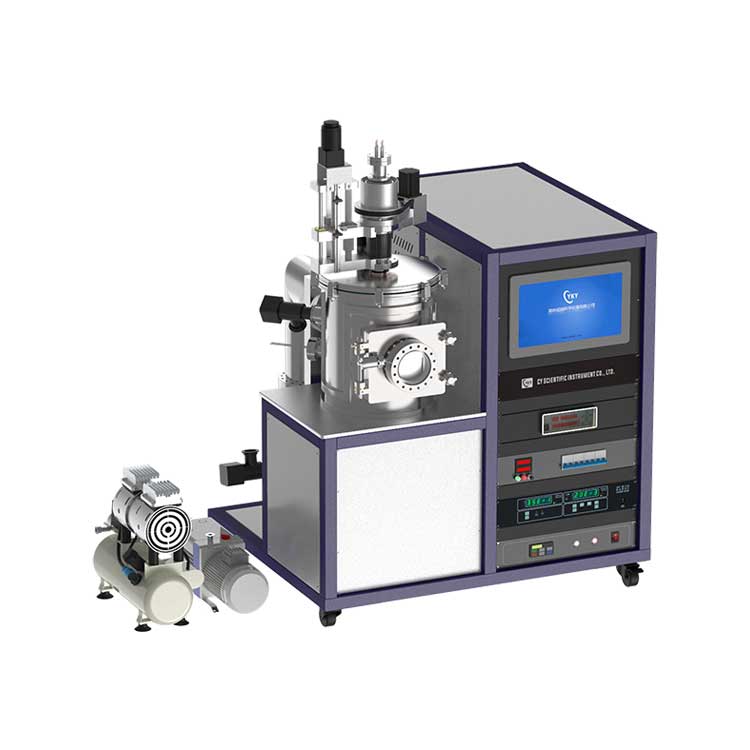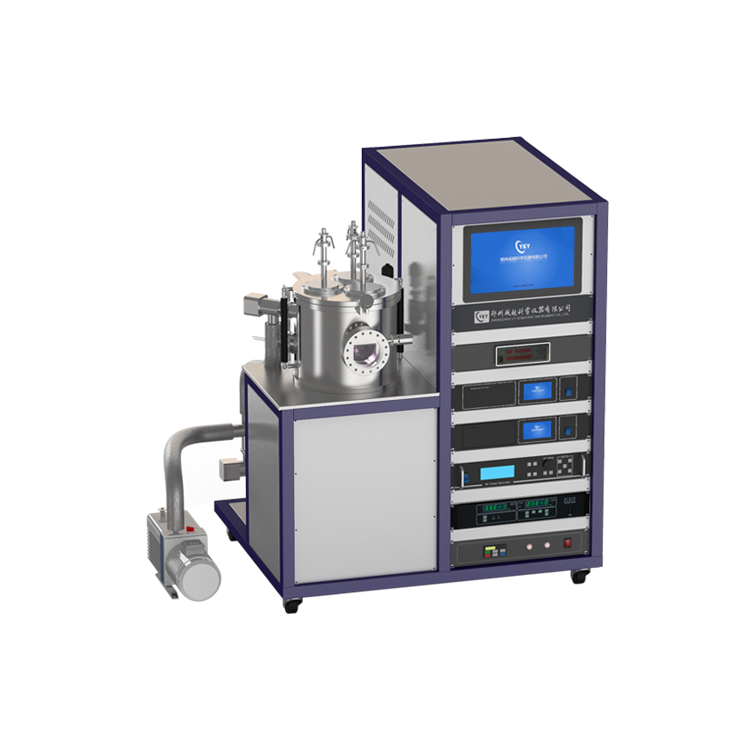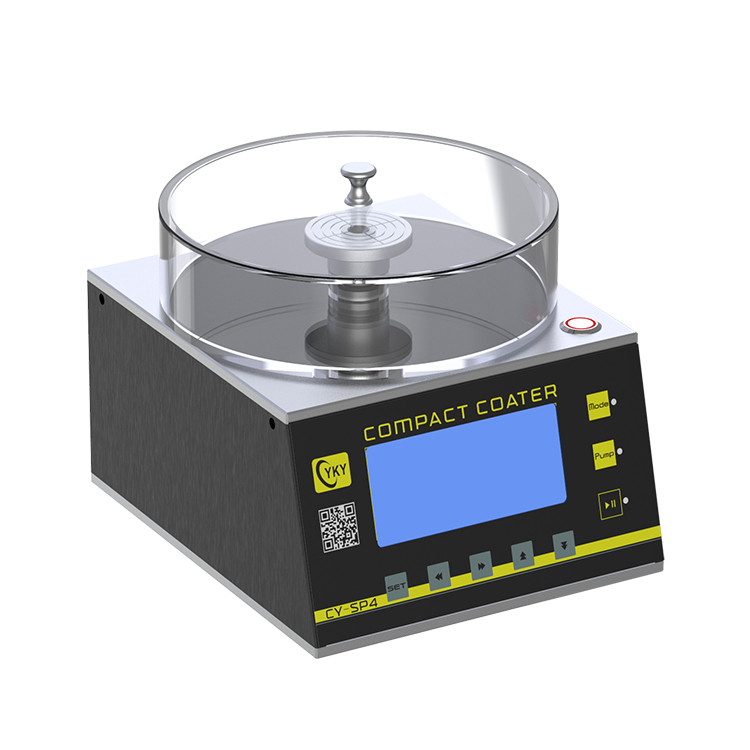Battery means a space in a cup, tank or other container or composite container containing electrolyte solution and metal electrode to generate electrical current, in which chemical energy is converted into electricity. It has a positive electrode and a negative electrode.
Lithium-ion batteries embed lithium ions in carbon (petroleum coke and graphite) to form a negative electrode (lithium for a conventional lithium battery or lithium alloy as a negative electrode). Cathode materials are usually LixCoO2, LixNiO2, and LixMnO4, and electrolytes are LiPF6+ diethylene carbonate (EC) + dimethyl carbonate (DMC)
The reaction formula of the lithium ion secondary battery during charging and discharging is
LiCoO2+C=Li1-xCoO2+LixC
The conductivity of LiCoO2 is poor, and it is necessary to coat the surface with a conductive material. There are various coating methods, and CVD method for coating a carbon film is a common method.
The anode material generally uses graphite, but the compatibility between graphite and electrolyte is not good; the amorphous carbon has good compatibility with electrolyte but large charge and discharge loss. Therefore, graphite is used as the core, and amorphous carbon or silicon are coated to balance the two. Granular raw materials can be surface coated in batches using a rotary tube furnace.
Rotary tube furnace: Rotary tube furnace is designed for better consistency when sintering inorganic compounds. The mechanical transmission can control the furnace tube to rotate 360° without interruption, so that the materials in the furnace tube can be mixed to obtain uniform heating effect.
It is mainly used to coat the conductive layer on the positive electrode material (such as LiFePO3, LiMnNiO3) of lithium ion battery, and Si/C negative electrode material can also be prepared by CVD method.
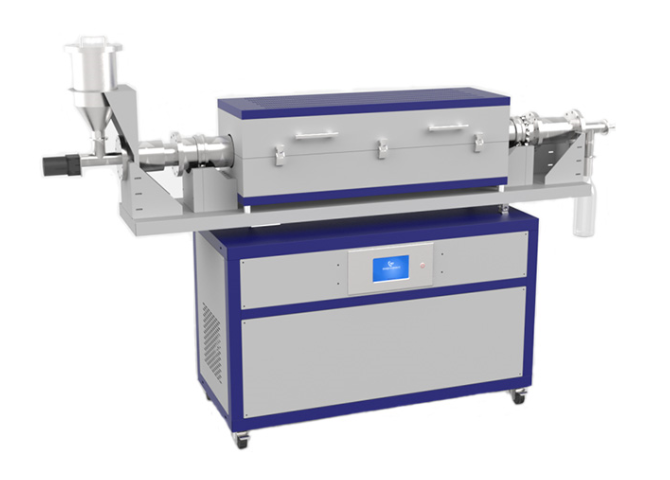
Rotary tube furnace
Graphene has good electrical properties. Adding appropriate graphene to a lithium battery can improve the conductivity of the electrode; or adding some graphene to the electrolyte to improve the electron transfer efficiency.
The important preparation method of graphene - CVD method
The CVD method is considered to be the most promising preparation of high-quality, large-area graphene, and is the most promising method for industrially producing graphene films. The specific process of the chemical vapor deposition CVD method is: introducing hydrocarbon such as methane and ethanol into the high temperature heated metal substrate surface of Cu, Ni, and the reaction lasted for a certain period of time before cooling. During the cooling process, several layers or single layers of graphene would be formed on the surface of the substrate, including the dissolution and diffusion of carbon atoms on the substrate.



